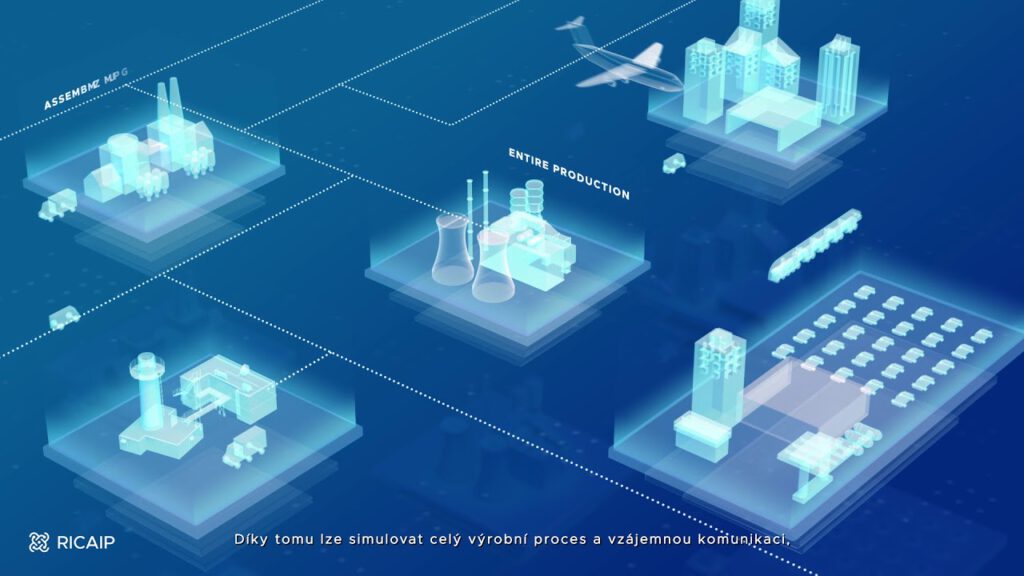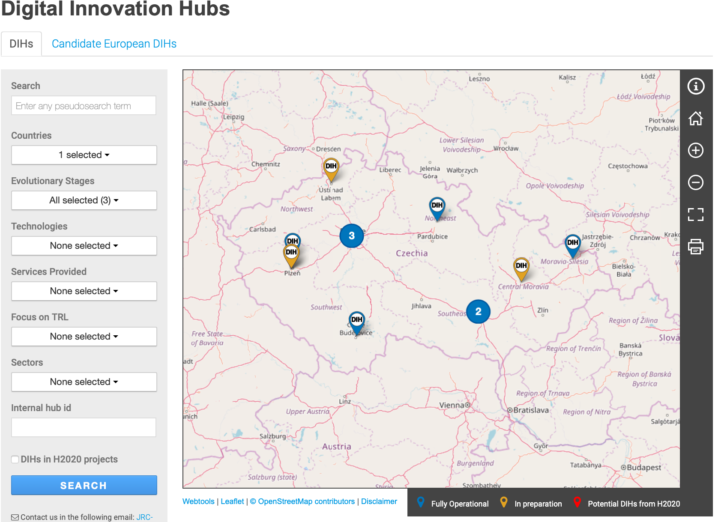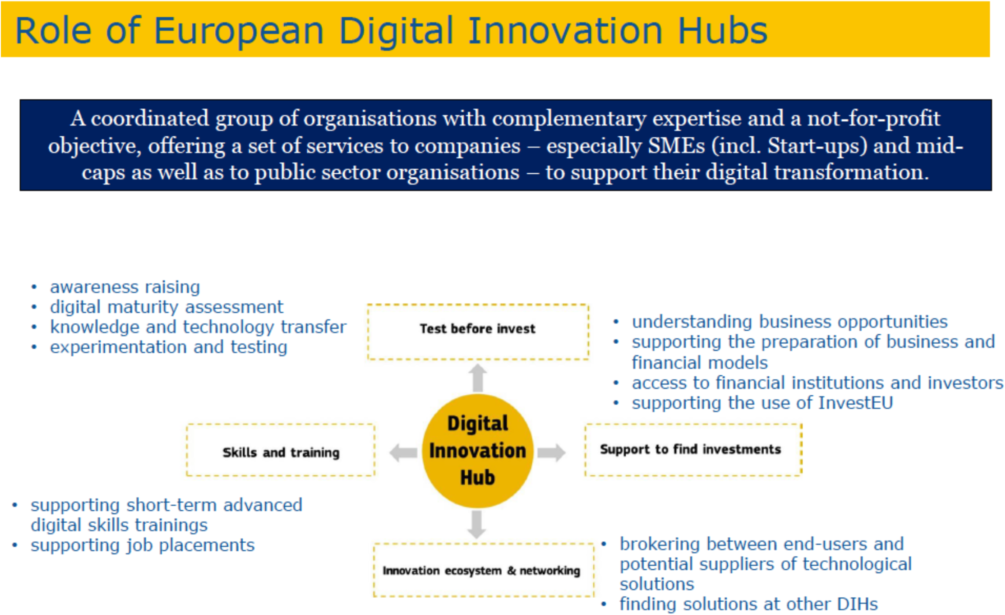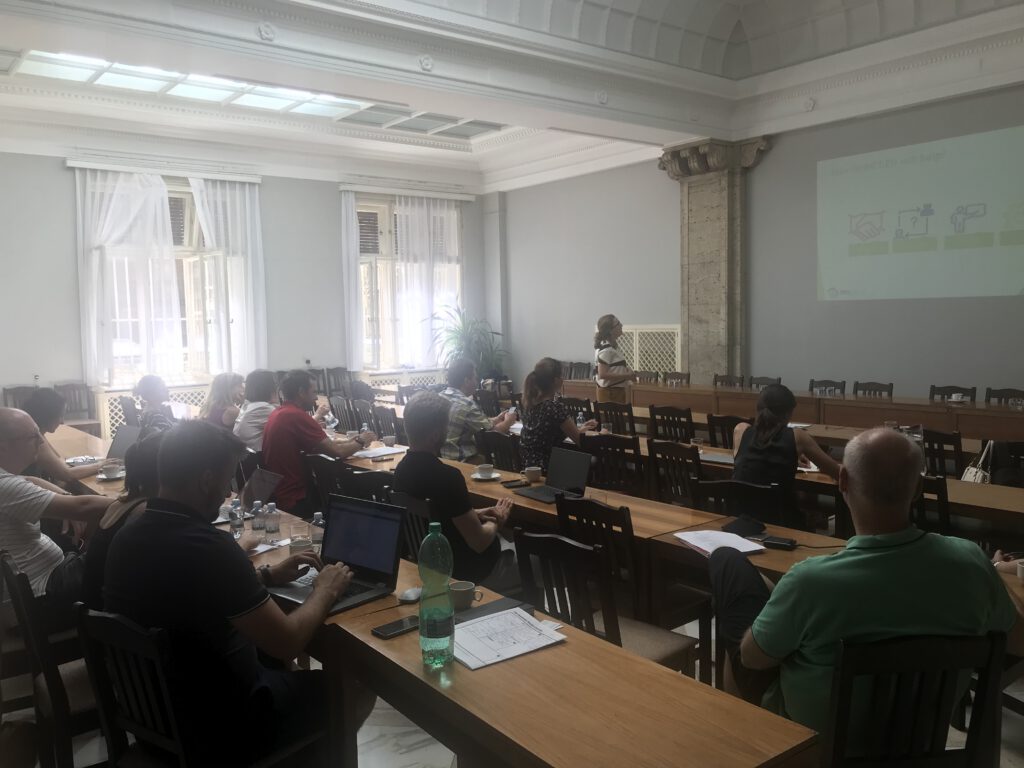A Fantastic Feeling – Lightweight Exoskeleton
Autonomously Transporting Crops
Suma Reddy, CEO of Future Acres, talks about her company which is focused on creating smart farming tools to reduce labor demand and increase efficiency. Suma introduces her journey into agriculture technology and the issues in current farming practices that can benefit from robotic solutions. Future Acres’s robotic harvest companion, Carry, autonomously transports crops within the farms and collects valuable data. Suma also discusses the impact of their technology and their visions for the future of agricultural technology.
Suma Reddy is Co-founder and CEO of Future Acres, an AgTech startup building advanced mobility and AI solutions for farms to increase production efficiency, farmworker safety and provide real-time data and analytics. She is a three-times AgTech + ClimateTech founder (vertical farming, organic waste-to-energy, renewable energy), is on the advisory board of Scale for ClimateTech, a Board Member of GrainPro, and teaches Entrepreneurship for Sustainability and Resilience at the NYC School of Visual Arts. Suma is passionate about sustainable solutions and the disruptive technology that will help advance a better environment and more resilient world forward.

Links
- Download mp3
- Future Acres
- Subscribe to Robohub using iTunes, RSS, or Spotify
- Support us on Patreon
People emotionally tied to robots can undermine relationships with co-workers
Autonomous Movers Set for US Launch in 2024
Czech Digital Innovation Hubs: who are they and how can they help?

Photo by RICAIP.eu
By Tereza Šamanová
In the Czech Republic, the initial network of Digital Innovation Hubs (DIHs) in 2016 was very small – it included only two pioneer hubs raised from Horizon 2020 European projects focused on support of digital manufacturing (DIGIMAT located in Kuřim was the first one) and high-performance computing (the National Supercomputing Centre IT4Innovations located in Ostrava was the first DIH registered in CZ). Since then, the Czech network has enlarged up to twelve DIHs and their specialisation varies from manufacturing, cybersecurity, artificial intelligence, robotics, high-performance computing up to sectoral focus such as agriculture and food industry, health or smart cities and smart regions development.
Nowadays you can find at least one DIH in each region of the Czech Republic:

Source: https://s3platform.jrc.ec.europa.eu
How are the Czech DIHs built and structured? They are based often on a leading competence centre, research organisation, technical university, science park, technology centre or the most active innovations-supporting NGOs who have created an efficient consortium of other partners around them, always following the selected field of specialisation. The DIHs in Czechia, as well as all over the Europe, have not been built “on a green meadow” – as we say in Czech, but based on a record of projects, activities and common references that have created the optimal mixture of the DIH`s expertise and capacities. The scheme developed by TNO in 2015 illustrates the typical position of a DIH as an “orchestrator” and cross-point of the regional activities focused on development and implementation of digital innovation:

Photo by DIH-HERO.EU
In 2021, based on the Digital Europe Programme, there were – among the existing DIHs and other players – a selection of an initial network of European Digital Innovation Hubs – DIHs with European relevance, serving not only clients coming from their region and/or country, but providing also cross-border services in the field of their specialisation.
The basic services of DIHs and European DIHs do not differ too much, their principal difference lies in the European and cross-border nature of their services. Therefore, when it comes to the arrangement of services of a standard DIH, you can imagine the mixture of different ingredients that together make a Digital Innovation Hub as a “satellite” published in 2019 by the European Commission:

Source: https://digital-strategy.ec.europa.eu/en/activities/edihs
How do DIHs in the Czech Republic cope with the mission to help SMEs and public organisations with their digitalisation?
- Explaining that advanced digitalisation means working with data and sophisticated interconnection of people, devices, and technologies, not simply transferring paper or analogue-based data to digital ones.
- Organising common events – regional roadshows, awareness raising activities and brainstorming among Czech DIHs to update information at national level on advanced digitalisation, and sharing examples of best practices.
- Sharing information about projects and recommending them to the appropriate beneficiaries with the objective of creating the most added value for the national innovative ecosystem.
- Attracting traditional non-tech SMEs and smaller public organisations and communities (i.e., farmers and/or service providers) to communicate with DIHs so they can offer them a starting plan of digitalisation in an appropriate way.
- Including all the new players (those who are interested in creating a DIH or cooperating with an existing one) inside the Czech DIH community and Central European Platform for Digital Innovations – CEEInno, organising an annual overview of Czech Digital Innovation Hubs and regular meetings for Czech DIHs, always with the support of our Ministry of Industry and Trade as the governmental manager of DIHs.

Photo by CEEInno
How can Czech DIHs become useful for foreign partners, especially operating in the field of robotics or interested in some of the sectors, i.e., agriculture?
- Identifying relevant partners for your project in the Czech Republic (CZ) and bordering countries. Foreign partners will be able to cooperate not only with the Czech Digital Innovation Hubs, but also with the DIHs and other players of the surrounding countries within our Central European Platform for Digital Innovations, CEEInno.
- Providing all the DIH services to clients not only from CZ, we are strengthening our forces in the near future under the Digital Europe Programme and within the European Digital Innovation Hubs initial network.
- Helping to contact Czech SMEs and public organisations, through members and cooperating organisations of the CEEInno Platform.
- Organising, co-organising or hosting your project if you intend to attract the Czech participants.

Photo by RICAIP.EU
Among relevant projects of the Czech DIHs focused on robotics and agro-robotics, there could be pointed out the following:
- RICAIP (Research and Innovation Centre on Advanced Industrial Production), which as an international distributed research centre of excellence focusing on research in robotics and artificial intelligence. The project includes Czech and German partners, being hosted at CIIRC CTU and National Centre for Industry 4.0 as one of the Czech DIHs. Its aim is to strengthen research in industrial production and to connect robotic and AI testbeds in Prague, Brno and Saarbrücken.
- Smart Agri Hub CZ-SK (AgriHub made in CzechoSlovakia), joining eight Czech and Slovak partners on common project aiming to promote digital innovation in the agri-food domain and to facilitate set-up and realisation of Innovation Experiments (IEs) in the region. Activities such as innovative hackathons, matchmaking activities for partners from different sectors and awareness raising events will take place within forthcoming year, the international community (not only from CZ and SK) is invited to participate as well.
If you would like to know more about the Czech Digital Innovation ecosystem you can contact me, Tereza Šamanová (LinkedIn, email), DIHNET Ambassador and informal coordinator of the “Czech DIHs Community” in the DIHNET community platform.
Self-healing materials for robotics made from ‘jelly’ and salt
Southco – The Smart Choice for City Infrastructure
Southco – Need to enhance physical security in your Robotics application?
Light-driven micro-swimmers for responsive drug delivery
White Paper from Onshape: The Engineering Leader’s Guide to Data Management
Using Technology to Combat the Skilled Labor Shortage
Top 5 robot trends 2022

Cleanfix – RA 660 – ANT driven cleaning a floor © BlueBotics
“Transformation for robotic automation is picking up speed across traditional and new industries,” says Milton Guerry, President of the International Federation of Robotics. “More and more companies are realizing the numerous advantages robotics provides for their businesses.”
1 – Robots adopted by new industries
Segments that are relatively new to automation are rapidly adopting robots. Consumer behavior is driving companies to address demand for personalization of both products and delivery.
The e-commerce revolution was driven by the pandemic and will continue to accelerate in 2022. There are thousands of robots installed worldwide today that did not exist in this segment just five years ago.
In an effort to address labor shortages, companies that have not previously considered automation will reconsider. Businesses that rely on service workers, such as retail and restaurants, are unable to fill job openings, and as a result, we can expect to see them invest in automation to meet patrons’ needs. Relatively new robotics customer industries like delivery and logistics, construction, agriculture and many more benefit from technologies advancing by the day.
2 – Robots easier to use
Implementing robots can be a complex task, but new generations of robots are easier to use. There is a clear trend towards user interfaces that allow simple icon-driven programming and the manual guidance of robots. Robot companies and some 3rd party suppliers are bundling hardware packages together with software to ease implementation. This trend may seem simple, but offerings that focus on complete ecosystems are adding tremendous value by reducing the effort and the time to operation.
The trend for low-cost robotics also comes with easy setup and installation, with specific applications pre-configured in some instances. Suppliers offer standard programs combined with grippers, sensors, and controllers. App stores provide program routines for various applications and support lower-cost robot deployment.
3 – Robots and Humans up-skilling
More and more governments, industry associations, and companies are seeing the need for basic robot and automation education at an early stage for the next generation. The journey of data-driven production lines will focus on education and training. In addition to the training of workers in-house, external education routes can enhance staff learning programs. Robot manufacturers like ABB, FANUC, KUKA, and YASKAWA all register between 10,000 and 30,000 participants in their robot classes across more than 30 countries every year.
Robotics is changing job profiles of factory workers for the better. As the recent “Great Resignation” shows, people want to work in a modern environment where they can build a career. New training opportunities with robotics are a win-win strategy for companies and employees alike: Dull, dirty, and dangerous tasks get automated while people learn key skills for the industrial workplace of the future and increase their earning potential throughout their careers.
4 – Robots secure production
Trade tensions and COVID-19 are driving manufacturing back closer to the customer. Supply-chain issues lead companies to consider nearshoring with automation as a solution.
One particularly revealing statistic from the US shows how automation is helping businesses get back to business: According to the Association for Advancing Automation (A3), robot orders in the United States in the third quarter of 2021 were up 35% over the same period in 2020. More than half of the orders are from non-automotive sectors.
And this record growth isn’t just robotics either—machine vision, motion control, and motors are also seeing big increases. “The pandemic and the resulting disruptions to supply chains and labor availability appear to have been the push that many needed to justify the investment,” says Dr. Susanne Bieller, General Secretary of the IFR. “The companies most likely to invest in automation are those that have been considering it for a while but just hadn’t taken the final step.”
5 – Robots support digital automation
In 2022 and beyond, we see an emphasis on data as key enablers of future manufacturing. Data collected from intelligently automated processes will be analyzed by producers to make more informed decisions. With a robot’s ability to share tasks and learn through AI, companies can also adopt intelligent automation more easily in new environments, from construction to food and beverage packaging facilities to healthcare labs.
AI for robotics is maturing and learning robots are becoming mainstream. The industry is past the pilot phase, and we can expect to see a larger deployment of these technologies in 2022.